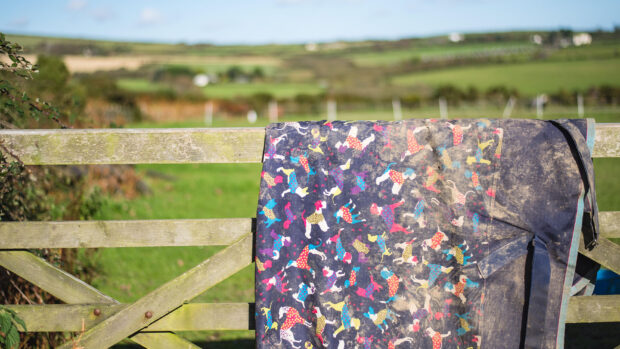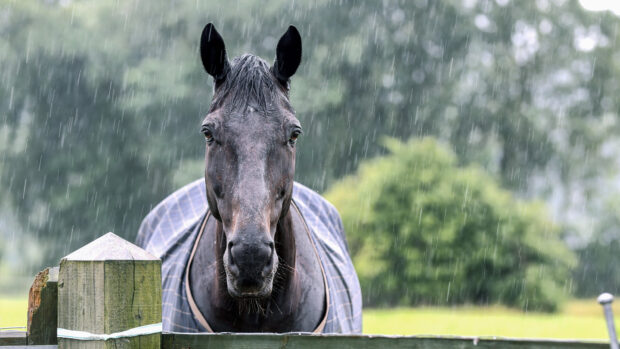There are a large number of different types of horse rugs on the market and it’s well worth analysing what your horse really needs before you buy. Not too long ago, there was a limited choice when it came to rugging your horse. You may imagine it’s as simple as picking the right size, liking the colour and away you go, but there are a bewildering number of decisions to make.
Always bear in mind your horse’s requirements – at opposite ends of the scale, a thoroughbred who is stabled for much of the time will need warmer rugs than a hardy cob who lives out most of the time. Fluctuating weather, the horse’s body type, metabolism and condition should all influence which rug you put on your horse.
Turnout rugs
Turnout rugs keep the horse warm and dry by protecting him from the harsher elements, such as rain, cold, wind and snow. Decades ago, all horses were turned out in a waterproofed cotton canvas rug, known as the “New Zealand”. These were heavy, cumbersome and almost impossible to dry. Rug technology has come a long way in the intervening years, and with it an increasing array of choice.
Modern turnout rugs are made of chemically treated fabric to make them waterproof, which means you need to take care washing horse rugs at home, so as not to compromise the water-repellent properties. Turnouts are available with a range of neck attachments or built-in neck covers to keep the horse warm – and clean.
They come in various thicknesses and weights to offer different levels of warmth. Rain sheets are the lightest option and have 0g of fill. Lightweight turnout rugs are designed for warmer weather and are usually 0-150g fill, while medium-weight turnout rugs are usually 200-250g. Heavyweight horse rugs are upwards of 300g fill.
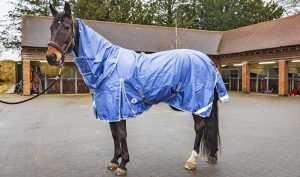
Horse rugs are rated in denier – 600D or 1,680D, for example. The higher the denier the count, the higher the thread weave and therefore the more durable the rug should be.
Experts suggest that in moderate winter weather (5-10°C) the clipped horse will need a lightweight waterproof turnout rug. At lower temperatures, but still above freezing, the turnout should be medium, possibly with a neck cover. Below zero, a heavyweight plus neck covers may become a necessity.
On the other hand, unclipped horses habituated to the cold may well not need any rug at all.
Stable rugs
Horses that are clipped or spend much of their day in the stable – and are therefore unable to generate their own body heat by moving around – will benefit from one of the best stable rugs when the weather turns cold.
The “jute” stable rug went alongside the New Zealand in yesteryear’s horses’ limited wardrobe. Today’s stable rugs are much lighter, and padded or quilted for warmth. They are not waterproof, so not suitable for outdoor use, however on a very cold day, they can be used underneath a waterproof turnout rug.
Like the turnouts, they come in various weights according to how warm your horse needs. Most stable rugs are breathable, so allow moisture and sweat to wick away. They are also available with or without neck covers.
They often have fleece pads along the wither and anti-rub chest lining to prevent pressure points and unsightly rubs.
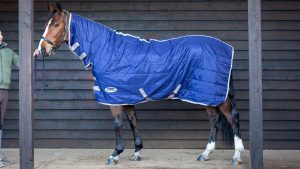
Different types of horse rugs: coolers, fleeces and stable sheets
The best coolers rugs and fleeces are used primarily after exercise to prevent the horse from cooling down too fast, which can be bad for the muscles. They are made from a breathable fabric to allow sweat and moisture to escape so that the horse can dry off naturally. They are a versatile type of rug that can also be used as an extra layer under a stable rug or turnout if more warmth is required. Travel rugs are similar to cooler rugs, with simple fastenings – and often double up as a show rug.
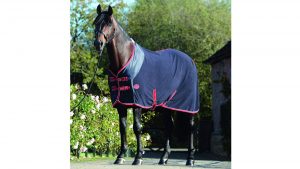
Stable sheets are a thin cotton rug, designed for keeping the horse clean in the stable or a layer of warmth on cool nights when it’s not cold enough for a thicker rug. They are not waterproof, but can be used for layering underneath. Many owners use them before going to a show in addition to one of the best hoods to keep the horse shiny, clean and dust-free.
Exercise and walker sheets
Exercise sheets cover the horse’s back and hindquarters, and are designed to keep these big muscle groups warm and dry while exercising in cold or wet weather. They are breathable, designed to wick away moisture, and allow a decent range of movement so as not to inhibit the exercising horse. Many exercise sheets also feature reflective strips for safety.
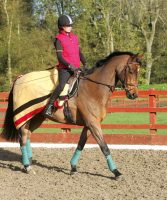
Walker rugs are designed with light exercise in mind, but fasten under the belly and at the front. However they are cut away at the shoulder to allow freedom of movement.
Summer rugs
The best fly rugs protect horses from being bitten and irritated by flies and midges in the summer months. They are lightweight and breathable, designed for hot weather. These are available with UV protection to prevent your horse’s coat being bleached in the sun. You can also opt for a waterproof fly rug, which has a waterproof topline, or a ride-on fly rug, which will protect your horse from flies while you’re riding.
The best sweet itch rugs have an even greater level of coverage and protection, preventing midges from landing on and biting your horse.
Summer sheets can also be worn in the field during the summer, and their main function is to protect your horse from the sun.
How many rugs does my horse actually need?
This is a source of much debate. Some say a horse’s natural coat is sufficient given a good outdoor shelter in winter, and fly spray in summer. Many horses will have more rugs than their owners have jackets. It varies hugely on the type of horse, whether he is clipped and to what extent, their age, whether he lives in or out, how exposed the paddock is and available shelter, the climate…the list goes on. However, charities and vets warn that over-rugging can be a welfare problem. Rugging can affect the horse’s natural weight-control system, interfering with their cycle of losing weight over winter ahead of the influx of spring grass. Furthermore, horses have an efficient natural coat, and over-rugging may not only cause them to sweat uncomfortably, but compromise its natural protective mechanism. Just as a roof with snow on shows that a horse is well insulated, so a horse with frost on his back is not losing sufficient body heat to melt the frost.
That said, leaving their horse turned out with his full natural coat all winter long is impractical for most riders, so we need to rug appropriately. Some H&H readers admit to having up to 14 rugs for one horse, while others just have one or two turnouts. For those who do rug up in the field, it is certainly handy to have two turnouts of different weights to use according to the temperature.
The types of horse rugs you might include in a starter wardrobe for a horse in moderate exercise who is stabled every night and turned out during the day (clipped in winter) could be: a lightweight and heavyweight turnout; a stable rug, a fleece and a stable sheet – which can be used for layering according to temperature; plus a fly rug in summer.
You may also be interested in…

A pick of the best lightweight turnouts for changeable weather
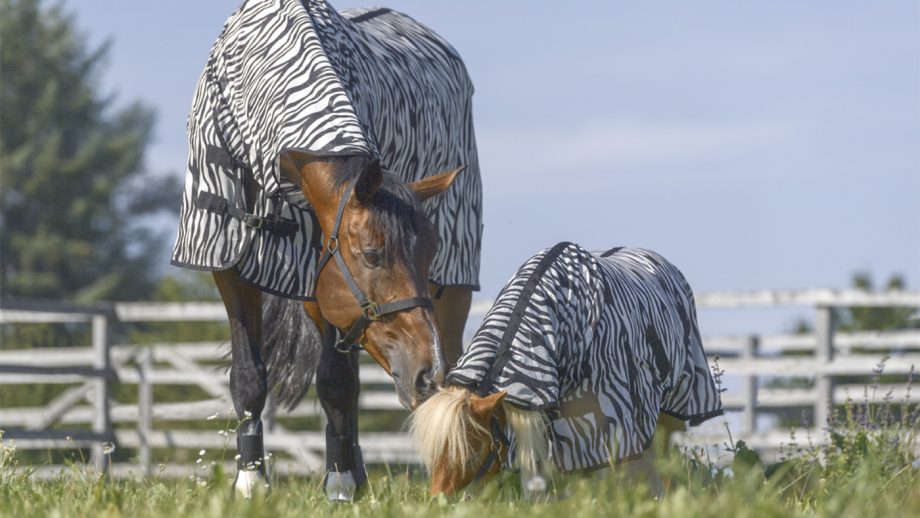
12 fly rugs to suit every shape, need and budget

10 stable rugs your horse will thank you for

How to fit a rug correctly to keep your horse comfortable

Subscribe to Horse & Hound magazine today – and enjoy unlimited website access all year round
Horse & Hound magazine, out every Thursday, is packed with all the latest news and reports, as well as interviews, specials, nostalgia, vet and training advice. Find how you can enjoy the magazine delivered to your door every week, plus options to upgrade your subscription to access our online service that brings you breaking news and reports as well as other benefits.


